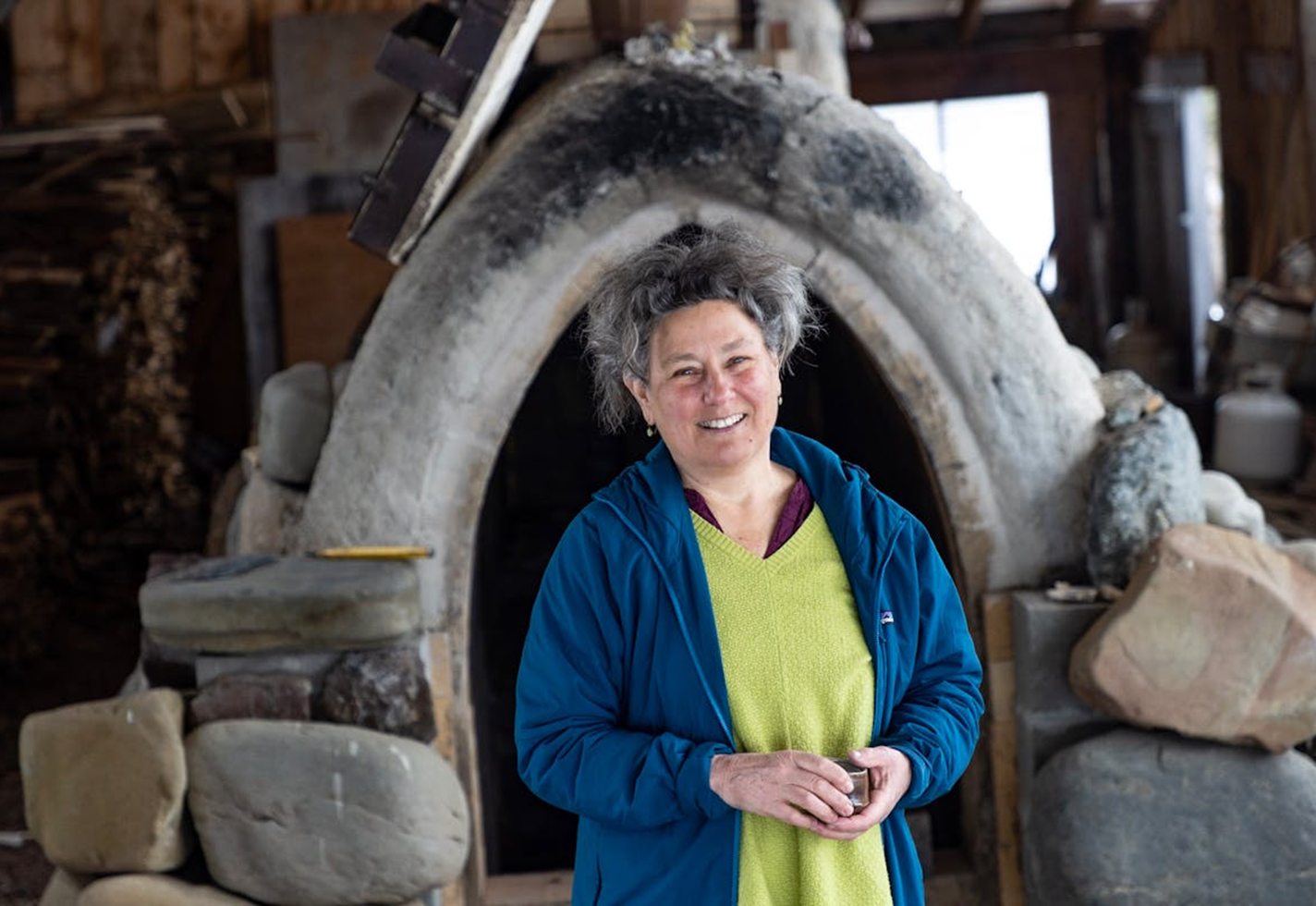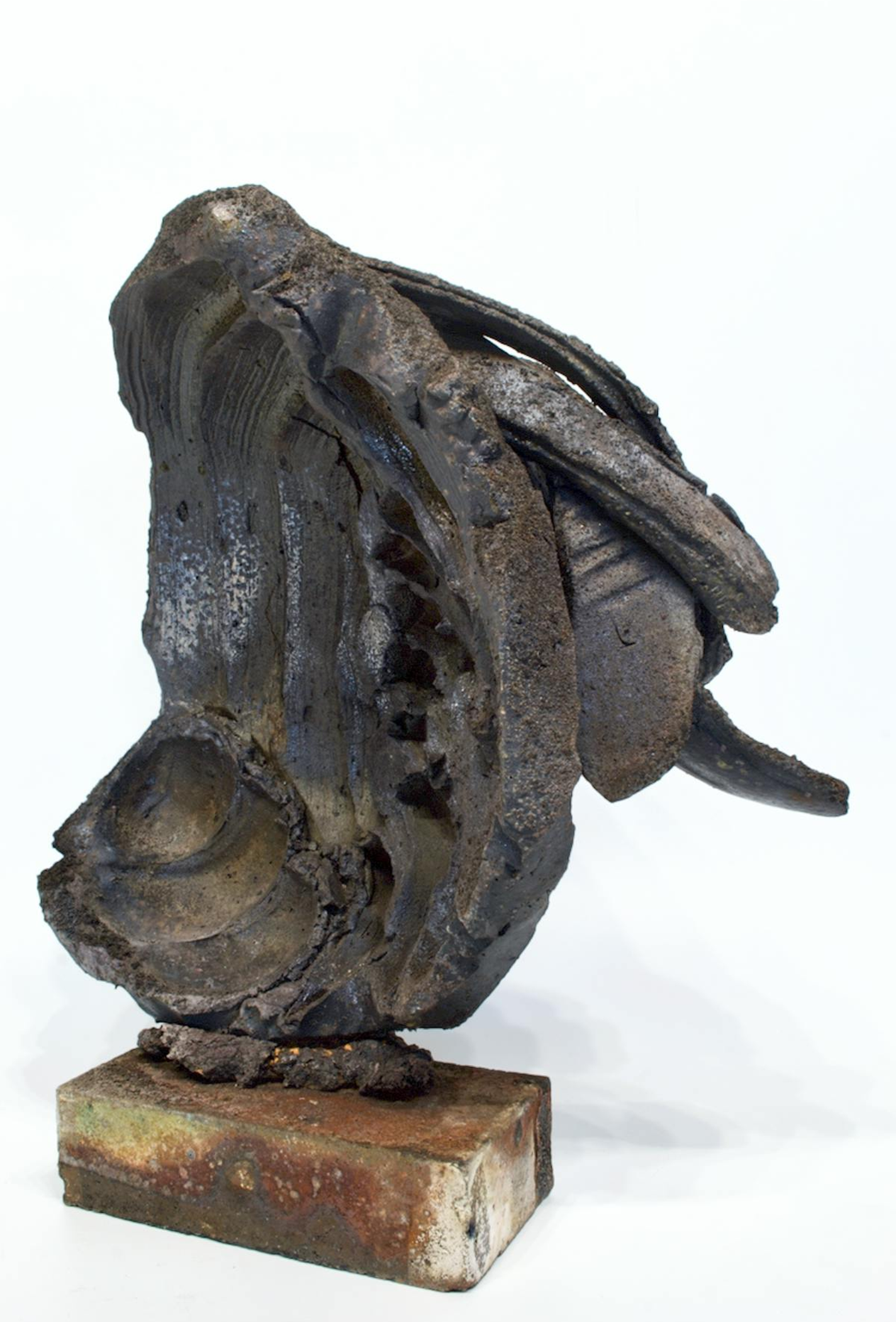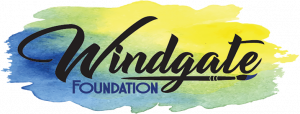In your work you say that you are looking for a definition of female that is “raw, impulsive, explosive and exuberant: formidable enough to survive, thrive and be playful.” How does that play out technically in your work?
I find the marks from the movement of the clay beautiful and fresh. I try to touch the clay in ways that leave in the expressiveness of the material. The Core Reverberations pieces are composed of clay parts carved from solids or thick slabs, and assembled from stretched parts that sometimes broke or tore during the stretching. I mend the tears, allowing the overlaps and finger-marked joints to show. In the reductive segments, the cut markings are left by carving tools when they drag chunks of impurities from the local clay. Other additives, such as perlite, lend visual rawness. I don’t often smooth them over, and I try to not overwork them. It’s the same with other materials that become part of the sculptures, such as grasses that bend with time and sea whip skeletons that catch air currents and cause the suspended clay sculpture to move.
This might be unruly, and that is okay with me. It’s similar in the unpredictable way that the fire interacts with my work during wood-firing. The energy I bring when I’m making is usually joyful. My own exchange with the materials I use is vigorous and intuitively impulsive. I think the work becomes more alive the more I can stay out of my head and be physically and visually present. The playfulness and the feelings I experience while working equates to thriving. This exuberant energy, in my opinion, is transmitted into my work.
How does your location in Alaska’s Kenai Peninsula affect your practice and your arts community?
My town, Homer, has an active clay community of quite a few functional potters. Starting shortly before the pandemic, we began interacting with each other to build the Homer Pottery Tour that takes place annually in May. That has given us a positive sense of working together for a common goal. That said, Alaska is far from the Lower 48, which means it’s expensive to attend gatherings such as NCECA or Women Working with Clay Symposium. As a sculptor, I feel that distance.
During the pandemic, participation in a broader community became more accessible through Zoom. Coincidentally, I also received a grant to invite artists here from outside Alaska. Last fall, Lindsay Oesterritter came to teach a hands-on reduction-cooling wood-fire workshop. That was followed by a six-week artist-driven residency (also a part of the grant) of making work and firing my anagama together, bringing in Amanda Gentry, Heidi Kreitchet, and Zoë Powell. The past year has been invigorating for me—I’ve been using my kiln to grow my community and sharing with my community in new ways.














